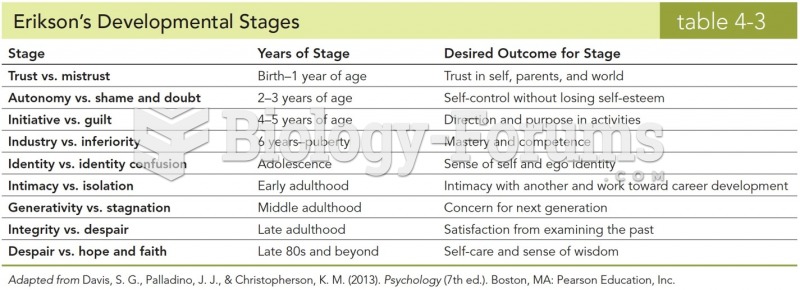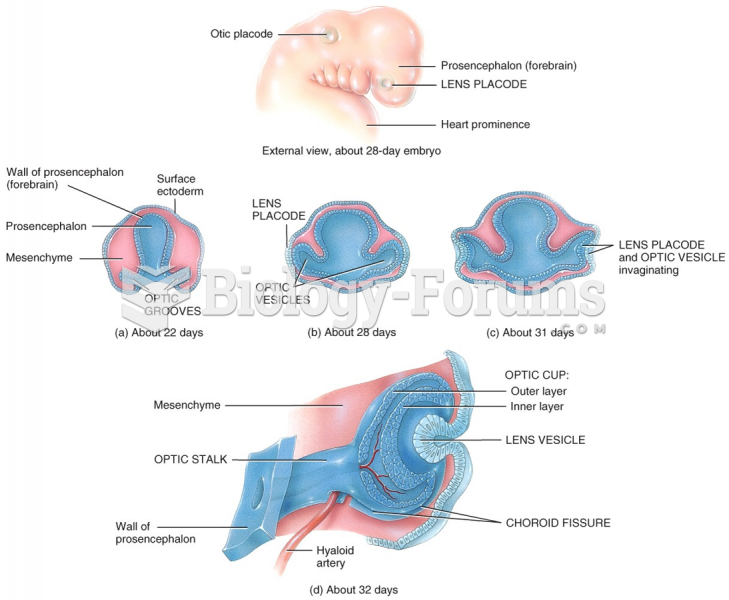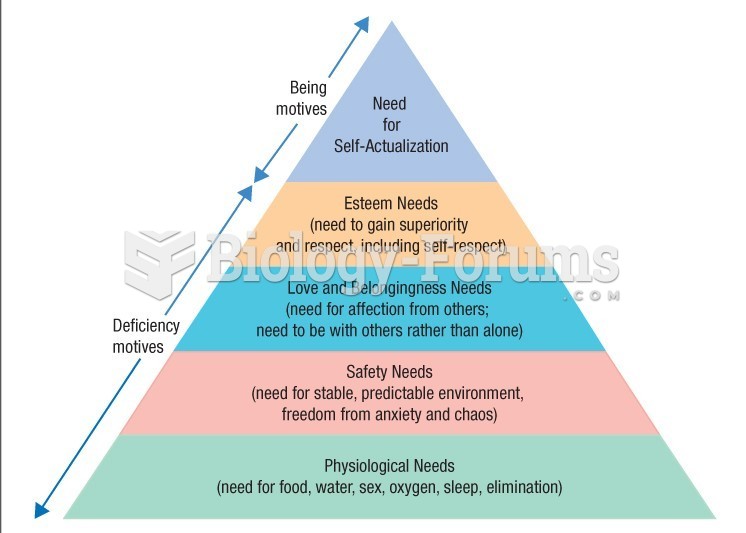Answer to Question 1
Life-course theory focuses on changes in criminality over the life course; life-course/developmental theory suggests that delinquent behavior is a dynamic process, influenced by individual characteristics as well as social experiences, and that the factors that cause antisocial behaviors change dramatically over a person's life span.
The life-course theory is challenged by another group of scholars who suggest that human development is controlled by a hidden master trait that remains stable and unchanging throughout a person's lifetime.
As people travel through their life course, this latent trait or propensity is always there, directing their behavior; because this underlying characteristic is enduring, an individual's involvement in antisocial behavior is shaped less by personal change and attributes and more by external forces such as opportunity, need, and circumstance.
Delinquency may increase when an adolescent joins a gang, which provides him or her with more opportunities to commit crime and the support needed to carry out criminal actsthe propensity to commit delinquent acts is constant, but the opportunity to commit them is constantly fluctuating.
A third view suggests there are multiple trajectories in a delinquent career; according to this approach, there are subgroups within a population that follow distinctively different developmental trajectories toward and away from a delinquent career.
Some youths may begin early in antisocial activities and demonstrate a propensity for crime, while others begin later and are influenced by life circumstances.
Trajectory theory suggests that there is no single delinquent pathway and that there are different types and classes of offenders.
Student views will vary.
Answer to Question 2
empowered






